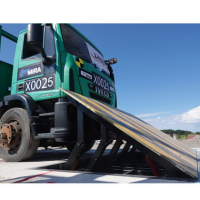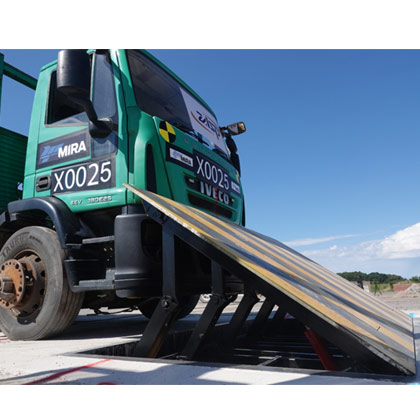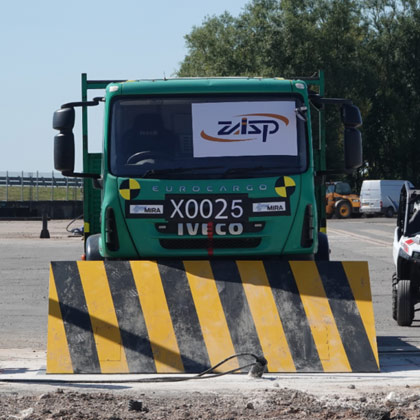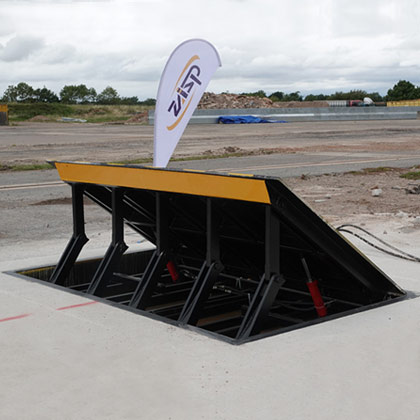
Hydraulic wedge barriers are critical for securing sensitive areas such as government buildings, airports, and commercial properties. However, their reliability depends heavily on proper maintenance. Studies show that up to 70% of barrier malfunctions stem from overlooked maintenance issues — causing costly downtime and security risks. For maintenance teams tasked with keeping these systems operational, understanding the key factors that affect barrier reliability is essential.
In this article, we’ll break down the top maintenance insights every team should know to ensure your hydraulic wedge barriers remain dependable, efficient, and secure.
1. Understand the Core Components and Their Maintenance Needs
Hydraulic wedge barriers consist of several mechanical and hydraulic components that must be regularly inspected and serviced. The main parts include:
-
Hydraulic Cylinders and Pumps: These generate the force to raise and lower the barrier. Regular checks for leaks, pressure drops, and fluid levels are vital.
-
Seals and Hoses: Wear and tear can cause leaks and loss of hydraulic pressure. Inspect seals and hoses for cracks, brittleness, or damage.
-
Control System and Sensors: Electronic controls coordinate barrier operation. Ensure sensors are clean and properly aligned to prevent false triggers or failures.
Pro Tip: Keep a maintenance log with inspection dates, issues found, and actions taken. This improves troubleshooting efficiency and helps identify recurring problems early.
Learn more about our reliable hydraulic wedge barriers and maintenance-friendly designs at Suprema RB-SM501-1000 and visit our homepage here.
2. Implement a Scheduled Preventive Maintenance Program
Proactive maintenance reduces unexpected failures and extends the lifespan of your barriers. Follow these best practices:
-
Monthly Visual Inspections: Look for physical damage, corrosion, or debris obstructing barrier movement.
-
Quarterly Hydraulic System Checks: Test pressure levels, fluid quality, and inspect cylinders and hoses.
-
Semi-Annual Electrical System Testing: Verify the control panel, wiring, and sensors operate without faults.
-
Annual Full System Overhaul: Replace worn parts such as seals, fluid, and test the barrier under full load conditions.
Data from security infrastructure reports highlight that facilities following strict preventive maintenance experience 50% fewer operational failures annually.
3. Train Maintenance Teams on Troubleshooting and Emergency Procedures
Even with the best maintenance programs, unexpected issues can arise. Well-trained personnel can quickly diagnose and resolve problems, minimizing downtime.
-
Common Troubleshooting Areas:
-
Hydraulic leaks leading to slow or incomplete barrier movement.
-
Sensor misalignment causing false activations.
-
Control panel error codes indicating electrical faults.
-
-
Emergency Manual Operation:
-
In case of power failure, maintenance teams should know how to manually raise or lower the barrier safely.
-
Regular drills ensure readiness and reduce panic during real incidents.
-
Offering ongoing training and clear documentation empowers your teams to maintain system reliability effectively.
Conclusion
Hydraulic wedge barriers are vital security assets that demand focused maintenance efforts. By understanding component care, implementing scheduled preventive maintenance, and training your teams on troubleshooting and emergency protocols, you can significantly improve barrier reliability and operational uptime.
For durable, maintenance-friendly hydraulic wedge barriers and expert guidance, explore our Suprema RB-SM501-1000 product page or contact us through our website.




